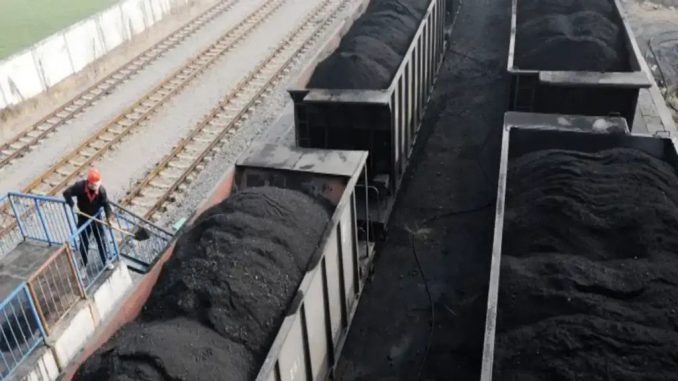
By Daisy Atino
According to the International Energy Agency (IEA), coal consumption increased by 3.3% to hit a fresh record high of 8.3 billion metric tons in 2022.
The Paris-based organization’s Coal Market Update showed that demand increased “despite a weaker global economy, mainly driven by being more readily available and relatively cheaper than gas in many parts of the world.”
Overall, the IEA said 10,440 terawatt hours were generated from coal in 2022, a figure that accounted for 36% of the planet’s electricity generation.
“Coal consumption in 2023 would remain near last year’s record levels,” said the IEA as it projected forward.
Geographically, the picture in 2023 is mixed. “By region, coal demand fell faster than previously expected in the first half of this year in the United States and the European Union — by 24% and 16%, respectively,” said the IEA in a statement accompanying its report.

“However, the demand from the two largest consumers, China and India, grew by over 5% during the first half, more than offsetting declines elsewhere,” it added.
Coal is a fossil fuel. Its use has a substantial impact on the environment, with environmental organization Greenpeace describing it as “the dirtiest, most polluting way of producing energy.”
The U.S. Energy Information Administration, meanwhile, lists a range of emissions related to the burning of coal, including carbon dioxide, sulfur dioxide, particulates and nitrogen oxides.
“Coal is the largest single source of carbon emissions from the energy sector, and in Europe and the United States, the growth of clean energy has put coal use into structural decline,” said Keisuke Sadamori, the IEA’s director of energy markets and security recently.
“But demand remains stubbornly high in Asia, even as many of those economies have significantly ramped up renewable energy sources,” he added.
Going forward, Sadamori said “greater policy efforts and investments” were needed in order to “drive a massive surge in clean energy and energy efficiency to reduce coal demand in economies where energy needs are growing fast.”
Edited by Judy J. Rotich and Newsdesk Manager
